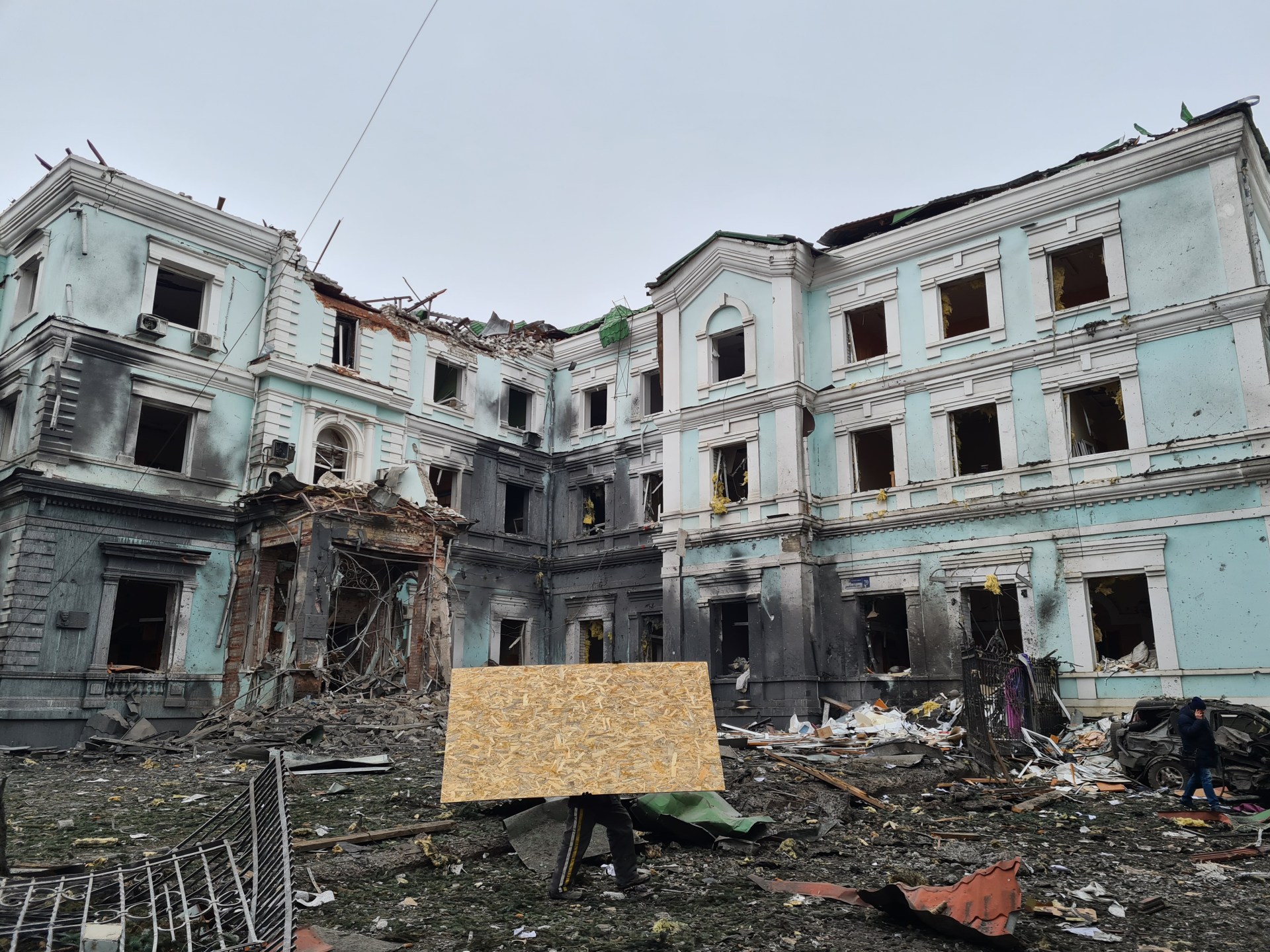
Kharkiv, Ukraine – Like a giant scalpel from a surreal horror film, a Russian missile tore through an entire section of a five-story apartment building, killing 10 people and injuring 60.
After rescuers extinguished the fire in the predawn attack last week, they found the victims buried in the rubble that once made up the walls, ceilings and furniture of their homes.
“We dug out a man alive, but his family – a wife and an eight-year-old daughter – were dead,” one of the desperate rescue workers, his hands and uniform black with soot and dust, told Al Jazeera on Wednesday.
The strike hit Building 7 on Proskury Street in the north of Kharkiv, Ukraine’s second-largest city, which is just 40 km (25 miles) from the Russian border.
Ukrainian officials said Kharkiv was attacked by 15 Russian missiles of three types in one of the largest attacks on the city since the war began 23 months ago.
There were converted S-300 missiles, parts of air defense systems that intercept and destroy other missiles in the air, and X-22 hypersonic missiles designed to destroy warships.
The largest and deadliest weapons were Iskanders, 7-meter-long monsters that cost $3 million, weighed nearly 4 tons and could carry up to 480 kg (1,058 pounds) of explosives – or a nuclear warhead.
Ukrainian officials have not yet specified what type of missile hit Building 7, but a military expert said Russia “most likely” used an S-300 missile.
“They are not precise, this is moral and psychological pressure to continue destroying the city,” Lt. Gen. Ihor Romanenko, former deputy chief of the general staff of the Ukrainian Armed Forces, told Al Jazeera.
“Kharkiv is their priority because [President Vladimir] “Putin cannot forgive the fact that a Russian-speaking city did not want to become part of the Russian world,” he said.
Moscow regularly denies carrying out targeted attacks on civilians.
Russia “unlike the Kiev regime does not attack civilian infrastructure and residential areas,” said Kremlin spokesman Dmitry Peskov.
The Itar Tass news agency reported that Russia carried out “targeted attacks on the mercenaries’ headquarters.”
We hit Kharkiv
The city, with a pre-war population of 1.5 million, is Ukraine’s most vulnerable urban center.
Russia lies to the north and east of it, and the border of the Moscow-annexed Luhansk region lies about 150 km (90 mi) southeast.
Nearly 5,000 windows in 222 buildings were destroyed by the blasts and blasts across the region on Jan. 23, officials said.
In Building 7, community workers quickly and efficiently tore out razor-sharp shards of glass and covered each gaping hole with yellow, honeycomb-like rectangles of particle board to keep out the biting cold.
They checked each apartment for natural gas leaks, repaired damaged entry doors and began removing bricks broken in half by the explosion, pieces of glass, pieces of plastic and other debris.
It was a normal business on the verge of exhaustion.
“Their salaries are 5,400 hryvnias [$145] a month, but the amount of work is enormous – gathering everything together, loading it [onto trucks] and take with you,” Vera Feodorovna, district head of municipal services, told Al Jazeera.
Two excavators searched for the rubble near Building 7, just 30 meters (about 100 feet) from where another Russian bomb landed in April 2022.
Since the first day of the full-scale invasion, Russian forces have attempted to take Kharkiv, sending armed personnel carriers almost into the city center.
Moscow has deployed strategic bombers, ballistic missiles or cruise missiles, as well as Iranian or Russian drones that take just a few minutes to reach the city from across the border.
Unlike the capital Kiev, which was equipped with advanced Western air defense systems within a few months, Kharkiv remains almost defenseless.
Residents and authorities have had to adapt quickly as delays result in loss of life.
The city’s subway system served as a 24-hour bomb shelter – and some stations occasionally became classrooms for schoolchildren awaiting air raids.
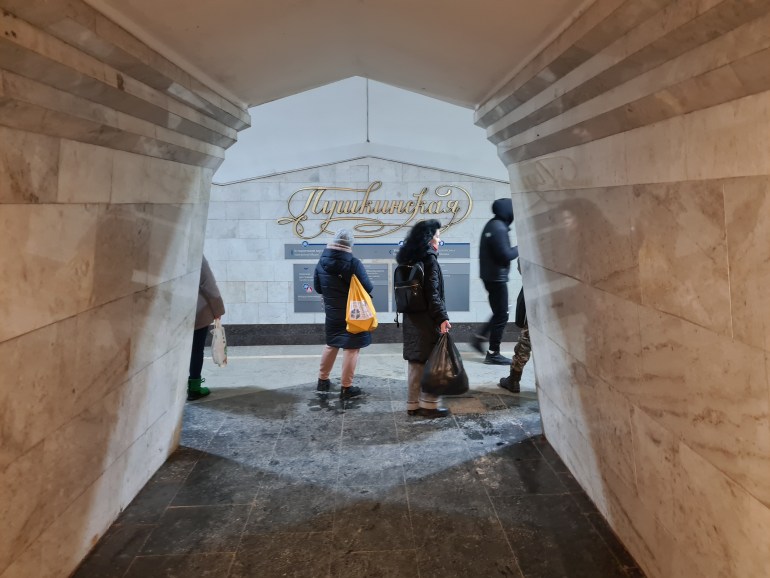
Public gatherings, museum exhibitions and even community center classes were banned.
Gyms and swimming pools warn their guests about any air raid, but leave it to them to decide whether to go or stay.
Daring Ukrainian missile and drone attacks forced Moscow to relocate its strategic bombers to airfields hundreds of kilometers from the border.
They no longer invade Ukrainian airspace, but their speed gives additional boost to the missiles they fire.
Every time satellites detect their launch, Kharkiv residents receive warnings and information about possible trajectories via Telegram or Viber channels.
Old-fashioned air raid sirens also begin to wail – but many residents are so used to their high-pitched sound that they simply don’t wake up.
That’s why Tamara Karnaukhova woke up only when her balcony door fell onto her bed.
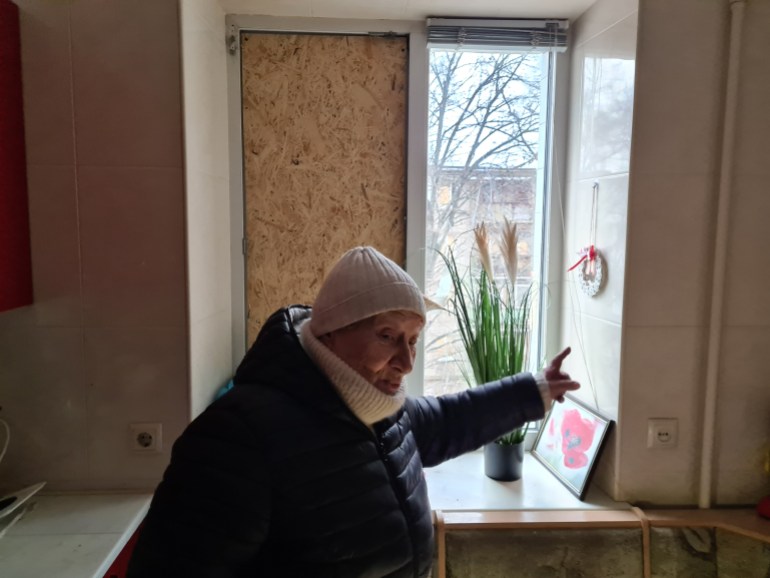
The retired 76-year-old didn’t know whether to stay in her modest one-room apartment in Building 7 or run away.
The blast destroyed most of the windows and damaged the front door.
“I wasn’t scared, I was confused,” she told Al Jazeera.
After the explosion, she ran down the stairs as smoke billowed from broken windows and glass shattered beneath her feet.
While she was with her neighbor, looters sneaked into her apartment, rummaged through the kitchen, but didn’t take any valuables.
Karnaukhova still cannot understand why Russia invaded.
“Do they need land? “Resources?” she wondered aloud. “You already have everything.”
‘Stopped counting’
When the war began, Valerii Ivakhno joined a volunteer group that drove around in a minivan distributing hot drinks, snacks and porridge to bomb victims.
His 85-year-old mother’s apartment in central Kharkiv was badly damaged in 2022 and he spent his entire savings on renovation.
But on Tuesday morning the brand new windows were smashed.
Luckily, his mother knew the “stay between two walls” rule and rushed into the hallway seconds before the shards of glass showered her bed.
Ivakhno said he was glad his father did not live to see the invasion. He was buried on February 23, 2022, one day before it began.
“The good Lord took him away so he couldn’t see this shame and this horror,” Ivakhno said as he poured porridge into a paper cup and handed it to a rescue worker in central Kharkiv.
Every visit to another location under fire is a recurring nightmare for his team.
“I lost track of how many times we did it and how many people we helped,” said his colleague Svtlana Stetsenko as she stood next to a historic law school building damaged by Tuesday’s attack and resulting fire was damaged.
The street they were on was named after Alexander Pushkin, Russia’s most famous 19th-century poet, whose cult is viewed by most Ukrainians as “cultural imperialism.”
On the same day of the attack, Kharkiv authorities decided to rename the street and the nearby metro station after the Ukrainian philosopher and educator Hrigori Skovoroda.
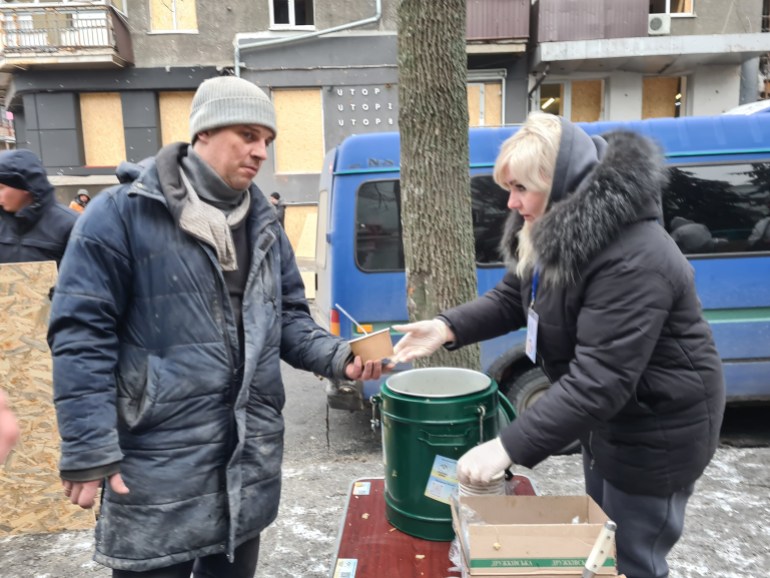



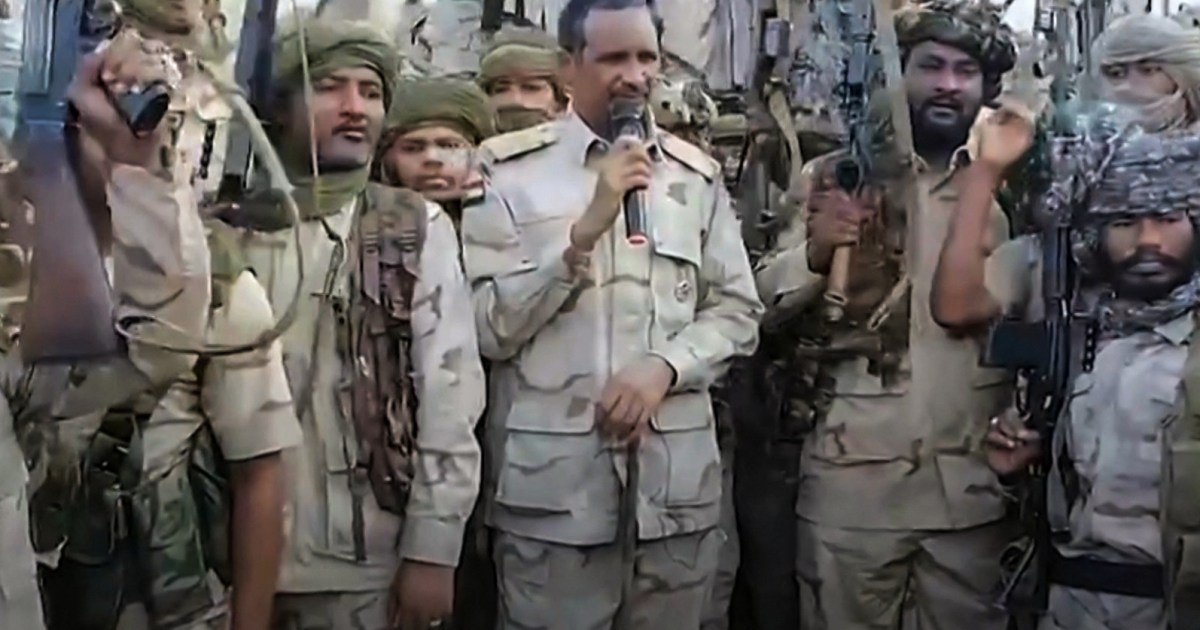
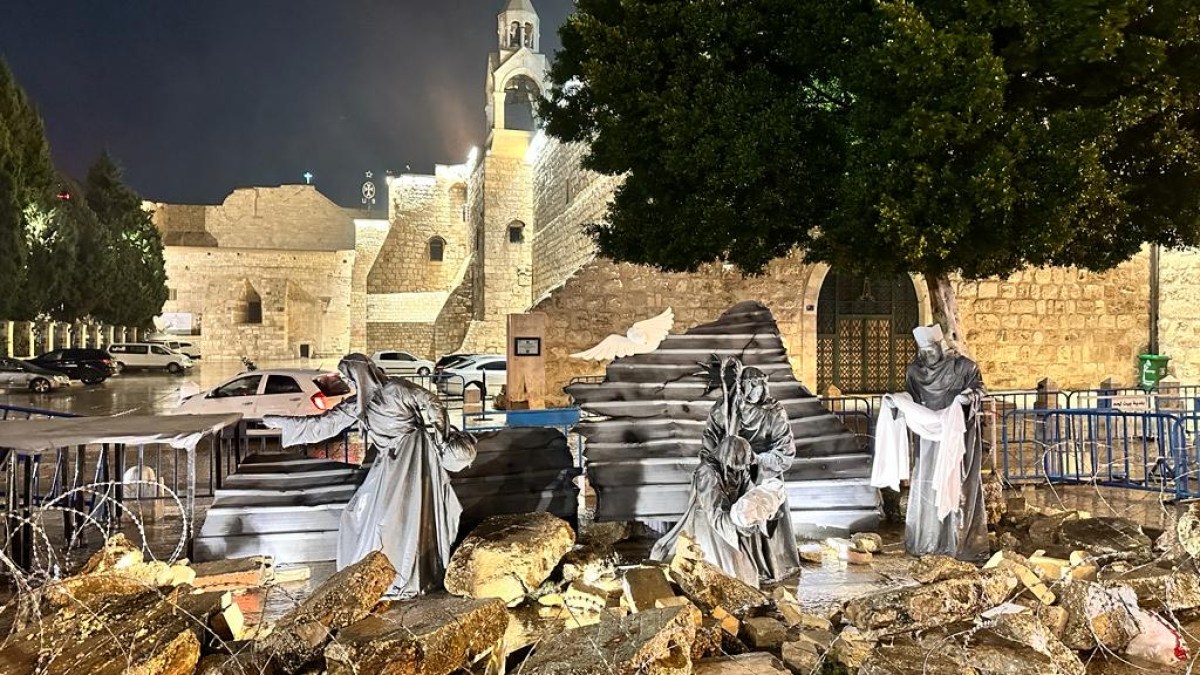

Recent Comments